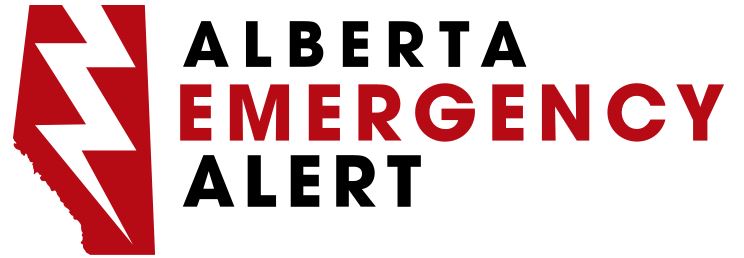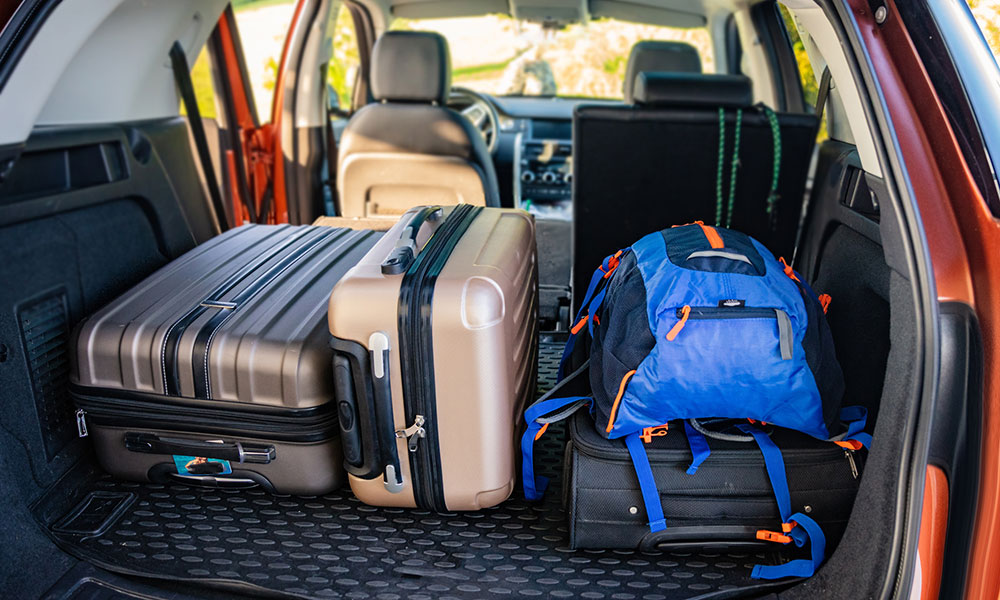Instructor offers tips on being self-sufficient when it matters most
In 2023, many Canadians facing disasters found themselves looking to local authorities for instructions on what to do next.
British Columbia experienced its most destructive wildfire season to date. Alberta saw a record number of hectares burned, at more than 2 million. Enterprise, Northwest Territories, fell victim to a fire that reduced most of the hamlet to ashes. In Nova Scotia, blazes closed in on Halifax; later, the province was hit by the cyclone produced by Hurricane Lee, flooding roads and cutting power.
Jodi Manz-Henezi knows such situations create fear and uncertainty. But, as chair of NAIT’s Disaster and Emergency Management program, she believes that could be eased if more people prepared for the worst before it inevitably arrives – something done, according to fall 2022 stats, by just 32% of rural residents and 23% of city dwellers.
“There’s an over-reliance on some agencies, particularly governments, to manage disasters,” says Manz-Henezi, who also serves as president of the Canadian Risk and Hazards Network, a not-for-profit dedicated to strengthening disaster risk reduction and emergency management across the country. “There are things we can all do so we can become better prepared.”
Here, she points to seven areas of focus to empower those affected by a disaster to achieve “calm in the chaos” by, as much as possible, helping themselves.
1. Identify risks and responsibilities

First, identify what it is you’re preparing for, says Manz-Henezi. Is your house surrounded by flammable trees? Located on a floodplain? Situated near tracks from which a train might derail and spill a cargo of toxins? This will inform your planning, she says. "Everyone should know the most likely risks and hazards where they live."
Also, for whom do you need to prepare? Immediate family, yes, but what about others who may need assistance, such as grandparents in a nearby assisted living facility? And, Manz-Henezi adds, don’t forget the pets.
Those affected by the plan may have roles in executing it. Assign jobs, says Manz-Henezi. Someone needs to crate the cats; someone needs to grab the historical photo album; someone needs to get the “go kit”; someone needs to tell grandma and grandpa you’re on your way.
“This is not about creating fear,” Manz-Henezi says of the exercise. “This is the period to ask all those questions about what do I need to plan for, who do I need to plan for, and what are the specific needs that must be considered?”
2. Secure lines of communication

Everyone you need to reach when disaster strikes may not be in the same place. “How will you communicate with each other?” asks Manz-Henezi.
If everyone has a cellphone, she suggests an app such as WhatsApp that allows groups to communicate in real time. But also think beyond that group – and geographic area.
Identify a reliable out-of-town relative or friend who will act as a point-of-contact if anyone in the group cannot be reached. Keep that person apprised of your situation and have everyone in your group reach out as needed.
“They can be a central hub for everybody,” says Manz-Henezi.
If cell service could be compromised as the emergency unfolds, start reaching out to your group and point-of-contact right away, she adds.
3. Stay informed

An emergency can generate a lot of information – but is it accurate?
Be choosy about your news sources, says Manz-Henezi. Conventional media might be too slow; social media might be wrong.
Instead, go straight to the source. Manz-Henezi recommends downloading the Alberta Emergency Alert app and setting it to notify you about, at the very least, your own location.
4. Get to know your neighbours

While it's importnat to know who might need assistance, it's also important to know who in the area can provide assistance, says Manz-Henezi.
Your neighbourhood is full of a variety of skill sets, making it a great resource to draw from in times of trouble. Get to know the people around you.
"Typically, in a crisis situation, neighbours helping neighbours is what makes a difference before first responders can get to you," says Manz-Henezi. "Community connection is really important."
5. Be ready to leave

“Don’t wait for an official order to evacuate,” says Manz-Henezi. By then, the danger may be too close and escape routes too busy. “Evacuate as soon as you can. If you do and everything turns out to be fine, great – no harm no foul.”
Have two possible destinations available to you. What’s more, if possible identify two routes to each. (Keep a physical map in your vehicle rather than depending on a smartphone.)
Always have half a tank of gas, she adds, as well as full jerry cans on hand.
On your way out the door, grab your “go kit.” The contents will vary according to the size and makeup of your family but Manz-Henezi insists that it contain
- Electronic copies (she uses a thumbdrive) of important household and personal documents (if not the documents themselves)
- Essential medications to cover several days
- Cash
Do not trust yourself to gather items when an evacuation order looms. “If you have something prepared it takes a lot of the stress away,” says Manz-Henezi. “You don’t have to think about it and you can just go.”
6. Be ready to stay
Sometimes, a disaster will require you to shelter in place, so stock that shelter in advance. Build an emergency kit for home use.
“Plan for the first few days to be completely self-sufficient,” says Manz-Henezi. “That means no electricity, no gas, no water, no food, nothing – you looking after you.”
She recommends having a week’s worth of dehydrated meals on hand as well as a minimum of two litres of water per person per day. Again, don’t forget about the pets.
7. Adopt the right attitude

Manz-Henezi doesn’t see the events of 2023 as outliers; to her, they’re a sign of things to come.
“We know that things are going to get more intense and more frequent,” she says.
Manz-Henezi doesn’t say that to frighten people. She wants them to be aware of the power of planning. And she hopes that leads to a shift in mindset that will make responding to disasters easier for everyone.
“The government isn’t going to swoop in and save you,” Manz-Henezi says. Instead, with a little preparation, those affected by a disaster can see to that themselves.
“Collective change comes from the accumulation of small changes,” she adds. “That’s how we’ll become a more resilient Canada.”
Banner image by Don-White/istockphoto.com